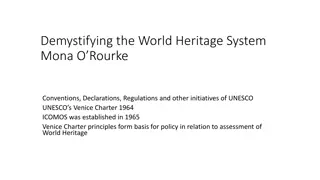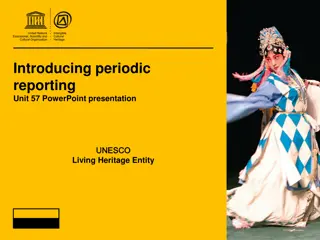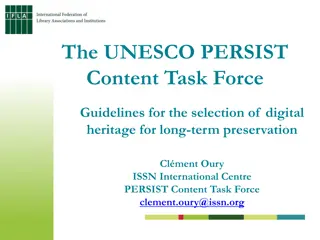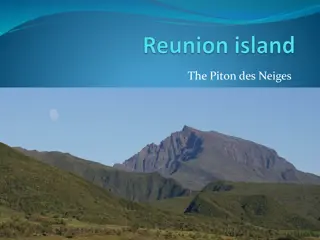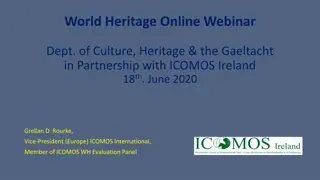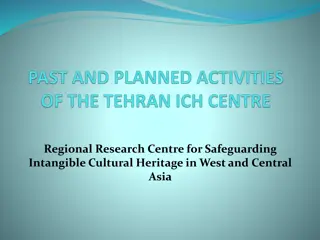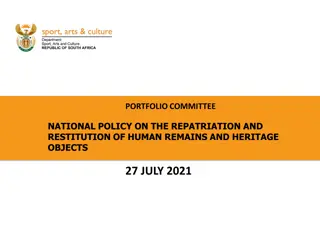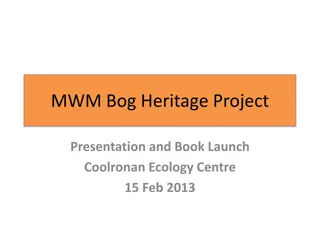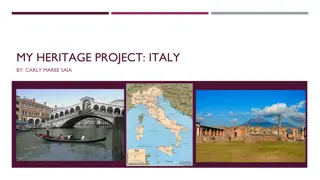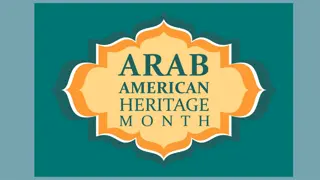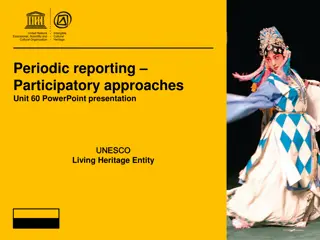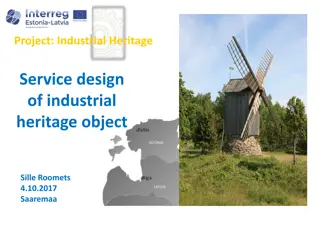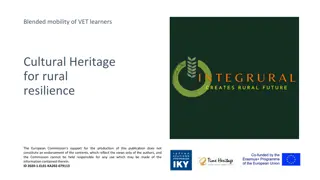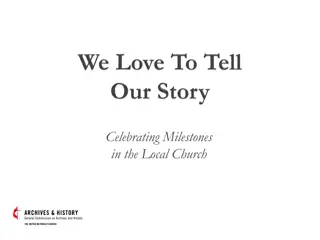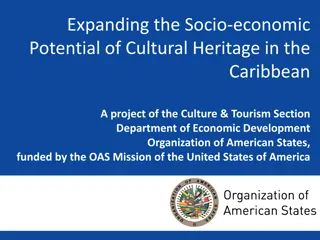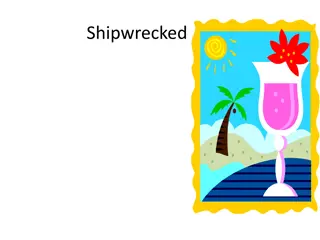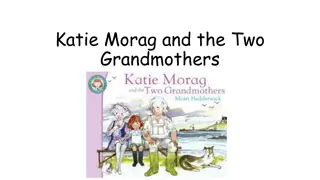Discovering World UNESCO Heritage in Reunion Island
Explore the fascinating World UNESCO Heritage sites in Reunion Island, including the central area of the National Park, Piton des Neiges, and the traditional music genre Maloya. Learn about the coverage of the heritage area, the height of Piton des Neiges, and the classification of Maloya in UNESCO.
Download Presentation

Please find below an Image/Link to download the presentation.
The content on the website is provided AS IS for your information and personal use only. It may not be sold, licensed, or shared on other websites without obtaining consent from the author. Download presentation by click this link. If you encounter any issues during the download, it is possible that the publisher has removed the file from their server.
E N D
Presentation Transcript
World Unesco Heritage in Reunion Island
What area does the World Unesco Heritage cover in Reunion Island ? 1) 80% ? 2) 15% ? 3) 40% ?
Its number 3 ! The closed area is just over 40% of the island and covers the central area of the National Park of Reunion and la Grande Chaloupe, the Piton of Anchaing, Mare Longue Forest and the Chapel of Cilaos.
How high is Piton des Neiges ? 1)3 070.50 meters ? 2) 3 105.25 meters? 3) 4 170.75 meters ?
Its number 1 ! The Piton des Neiges, resulting from consecutive and superimposed volcanic episodes, culminates at 3070.50 m. It has been dormant for 12,000 years. It is at the origin of the creation of the three cirques (Mafate, Salazie and Cilaos).
Question 3 Le Roul r le Kayamb le Piker
How long has Maloya been classified in World Unesco Heritage ? 1) 1st August 2011 ? 2) 1st October 2009 ? 3) 1st June 2010 ?
Its number 2 ! Maloya is one of two major music genres of R union. It comes from of the slaves songs. If the instruments are added to the roul r is paramount to maloya. Traditional instruments like kayamb the Piker, sati or bobre are also common and remain the basis of traditional maloya. Maloya has been classified Masterpieces of the Oral and Intangible Heritage of Humanity by UNESCO since 1st October , 2009.


